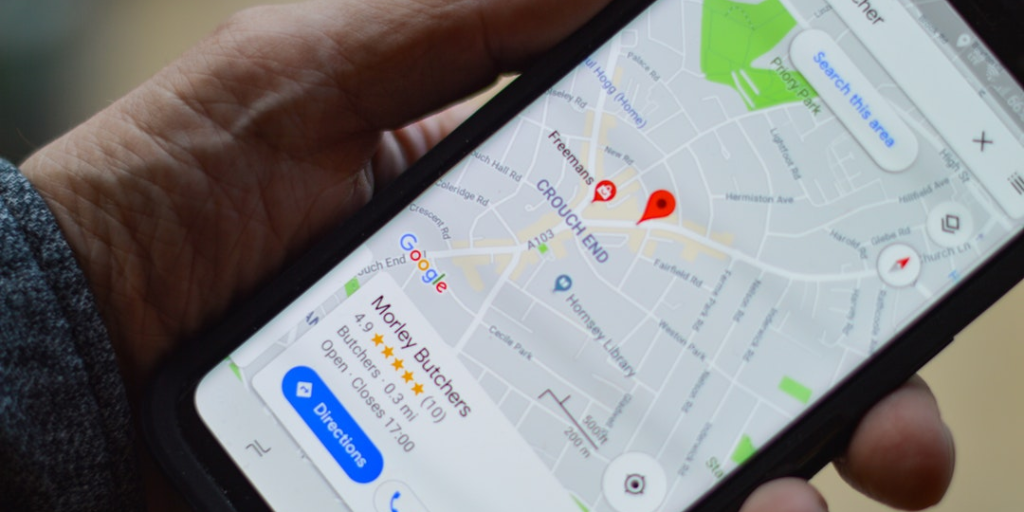Web site owners largely rely on organic search traffic to attract new business and a sudden drop in search rankings is a legitimate fear for business owners to have. When organic searches are among your principal channels for potential clients, keeping its health is critical. While it takes much for a tenured, established website to slip and fall into SERP oblivion, a lot can go wrong to mess up your search visibility. Other times, it doesn’t take a lot to get penalized and be excluded by search engines in their indexing. In many of these cases, carelessness and ignorance are to blame for their local search ranking’s fate. The most costly page performance killers can be extremely technical or incredibly basic and eye-opening. Don’t fall victim to the following mistakes that website owners all too often make, unknowingly but effectively sabotaging their search visibility:
- Bad landing page – One fundamental mistake that many businesses make is not directing their high-value traffic to a targeted, dedicated, optimal landing page. Instead of automating the generation of your doorway pages, optimize creation by formulating good copy. Fresh, relevant, and useful copy is the lifeblood of landing pages (and all website pages for that matter). You can have a phenomenal-looking landing page but a boring headline or a bad/irrelevant body copy will put all your efforts of designing in vain. Copy is extremely important that even the smallest changes, like tweaks to a single keyword can bring about a huge difference to your page performance and in turn, your conversion rates and the bottom line. Some warning signs of crappy landing page content include high bounce rates, few to no comments, lack of social shares, and short-lived average visits, low-quality content isn’t only boring, but also devoid of value.
- Bad redesign – Another common mistake that results in great fluctuations in search rankings and visibility is a premature or an ineffective website redesign. Making significant changes to your website’s content, design, architecture, navigation, and internal linking relationships, among others, can have equally significant effects on your website’s search performance. Essentially, if you have a website that is different from what a search engine has first crawled and indexed or has a copy of its new form may not include the same keywords, content, and crawlable links that you have already established. When making significant changes on your website, make sure that the new design will not impact your search visibility.
- Bad/lost inbound links – If content is the king in SEO, then linking is the queen. Links are truly essential mechanisms that search engines use to discover pages and measure ranking signals. Proactively and organically acquiring links is always a better approach than buying them, because purchased links almost often lead to a bad link profile, which may cause your site to get penalized. The way to an excellent link profile is active and efficient content creation, content marketing, and social participation.
- Bad management of duplicate content – Serving up and maintaining duplicate content under different URLs confuses search engines. Mobile or printer friendly versions of web pages, other language versions, or outright duplication of contents can lead to this issue and anything that causes search engines confusion or inefficiency can result in poor search rankings and performance for your site.
- Bad/black hat tactics – it is easy to be tempted to perform black hat techniques in order to beat your competition online. While many bad SEO practices do work, they can only lead to issues and problems down the line, especially now that search engines are keen in implementing best practice standards and stricter algorithms. By forgoing manipulative techniques and using ones that follow the best practices, you avoid being an SEO spammer and allow your site to attract business organically.










